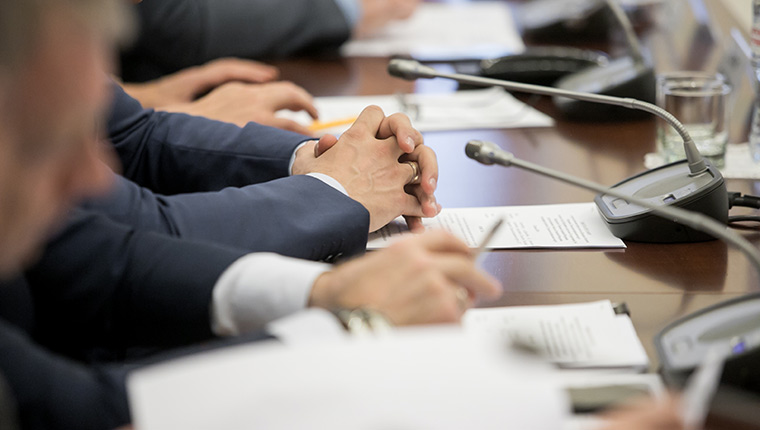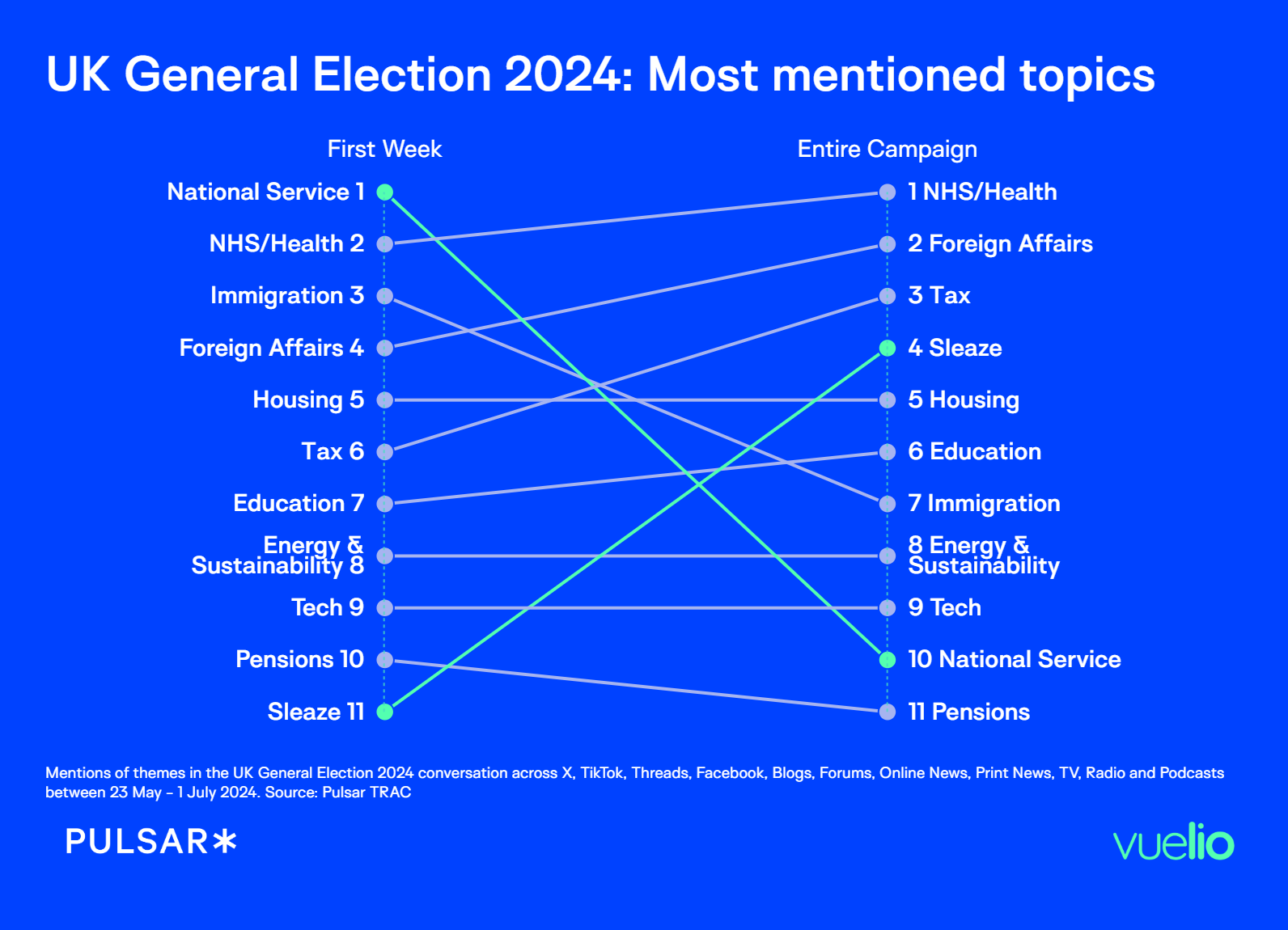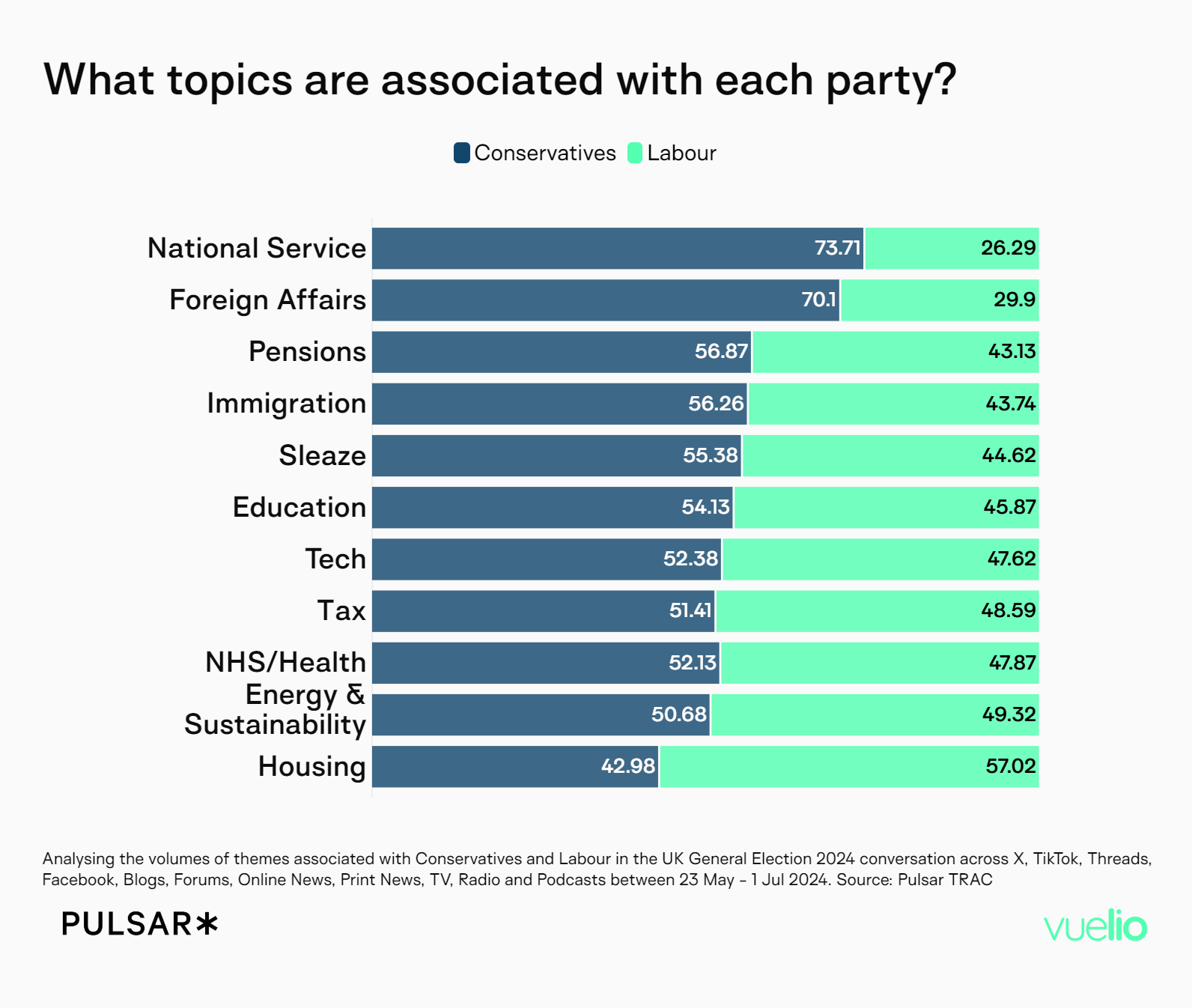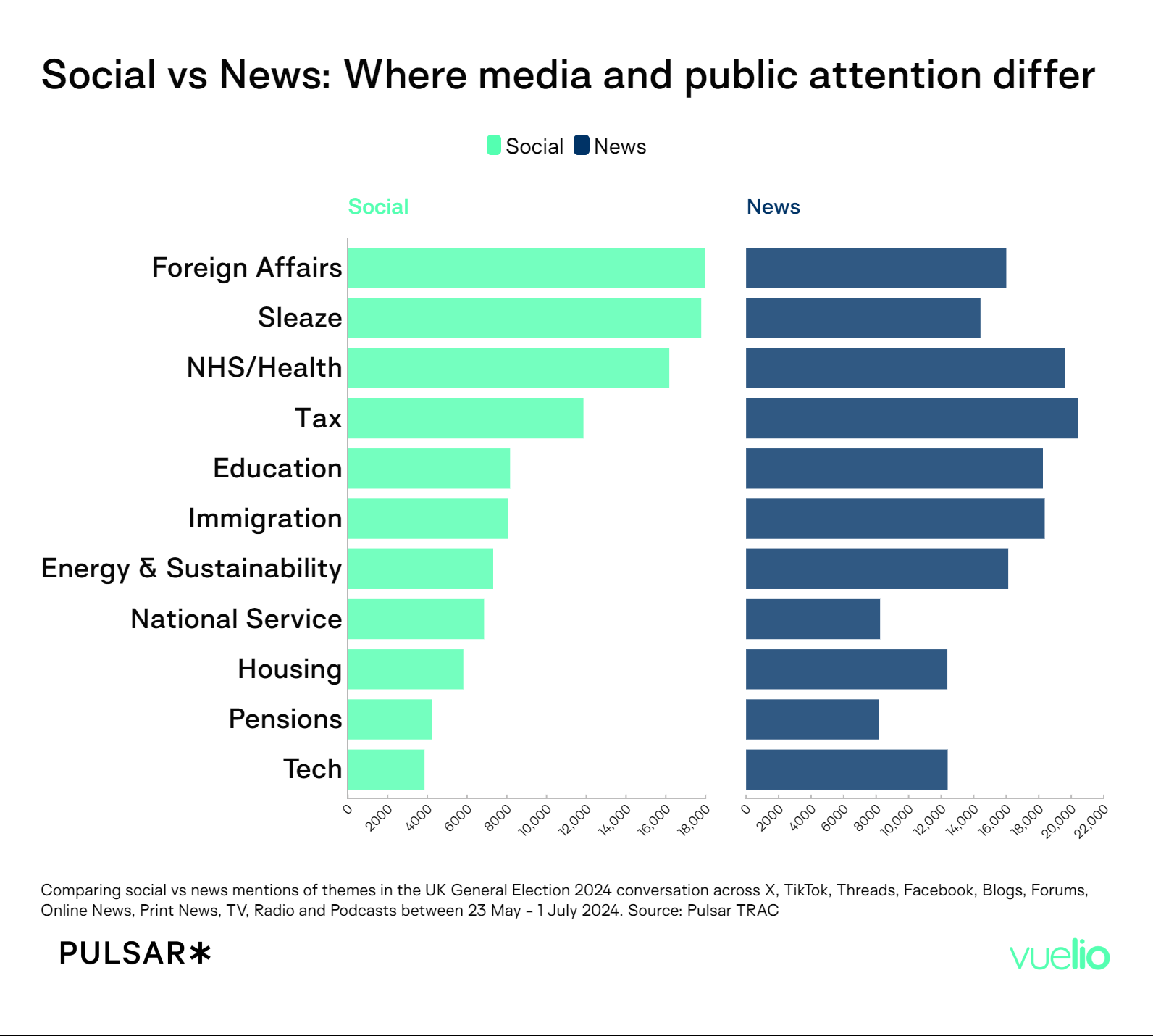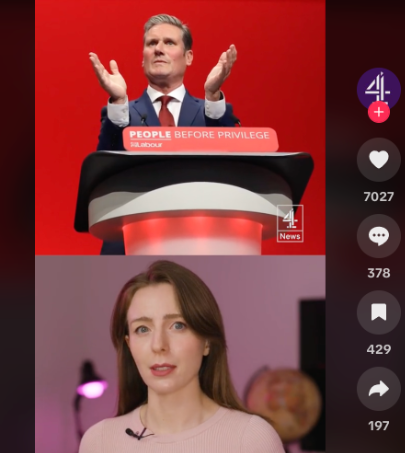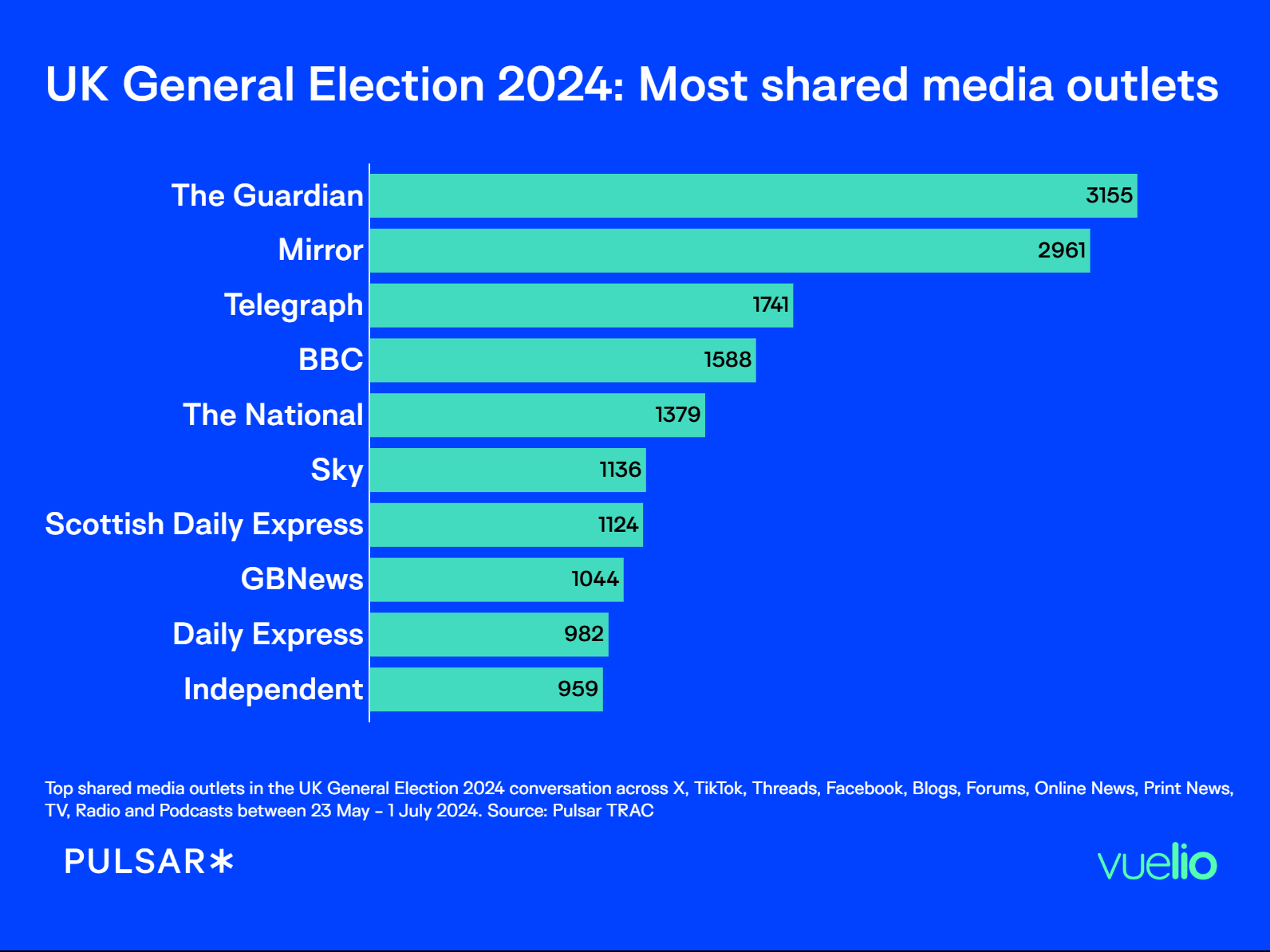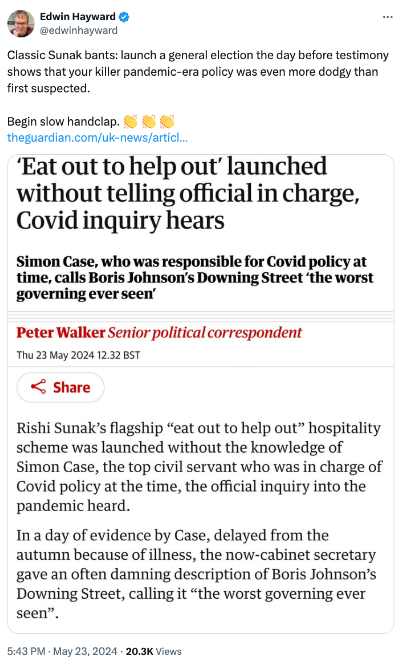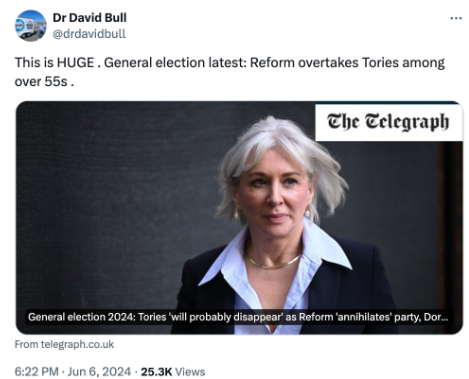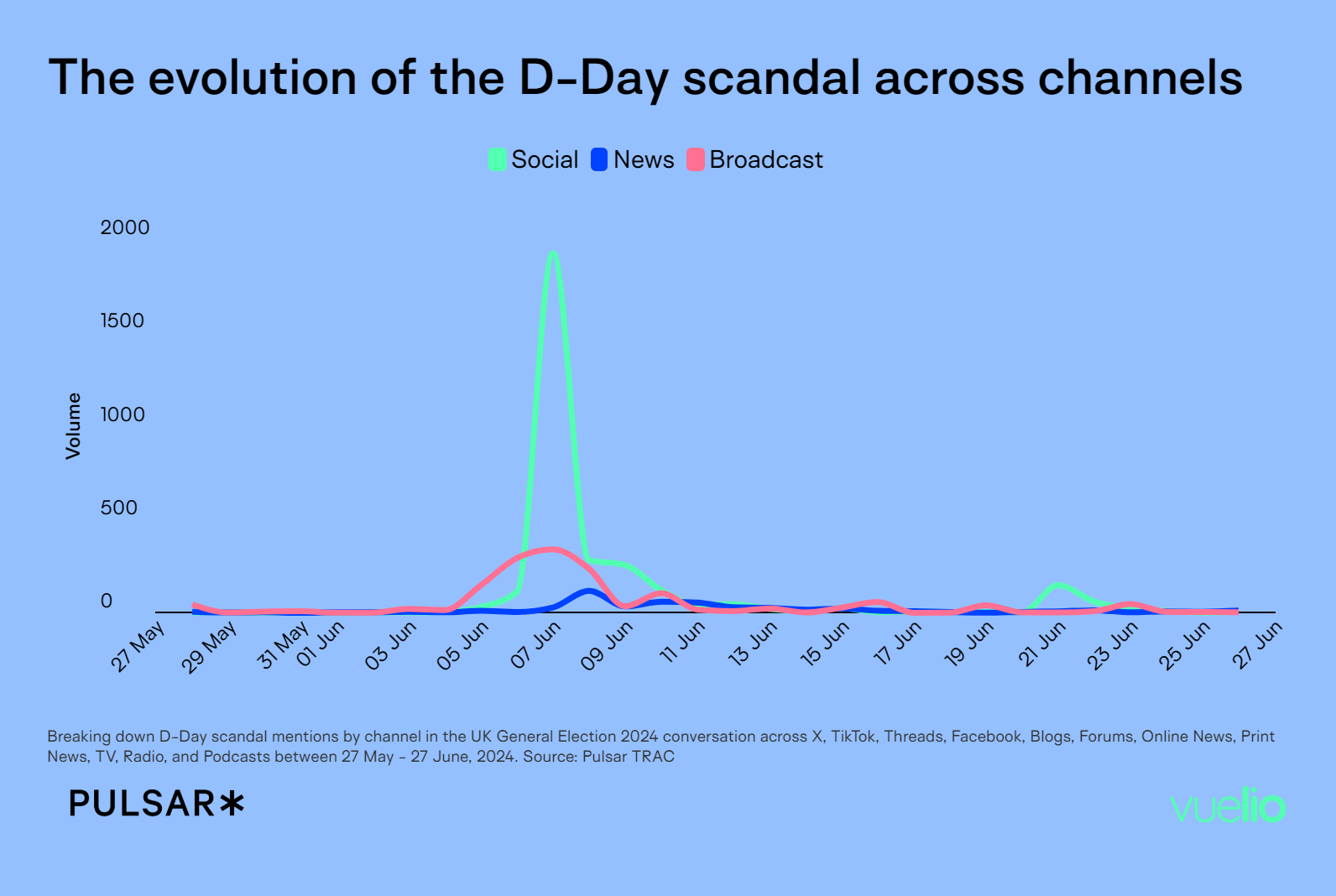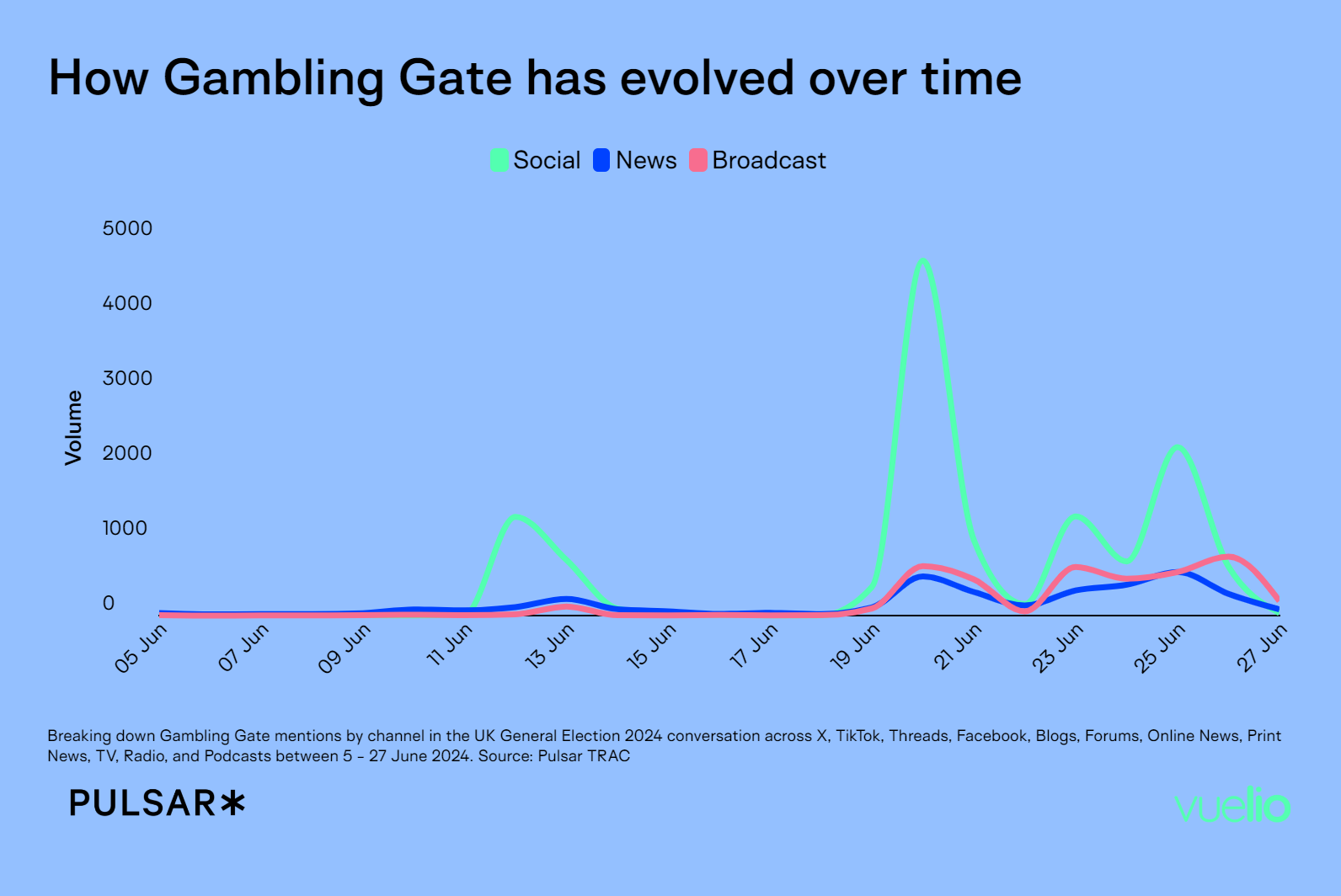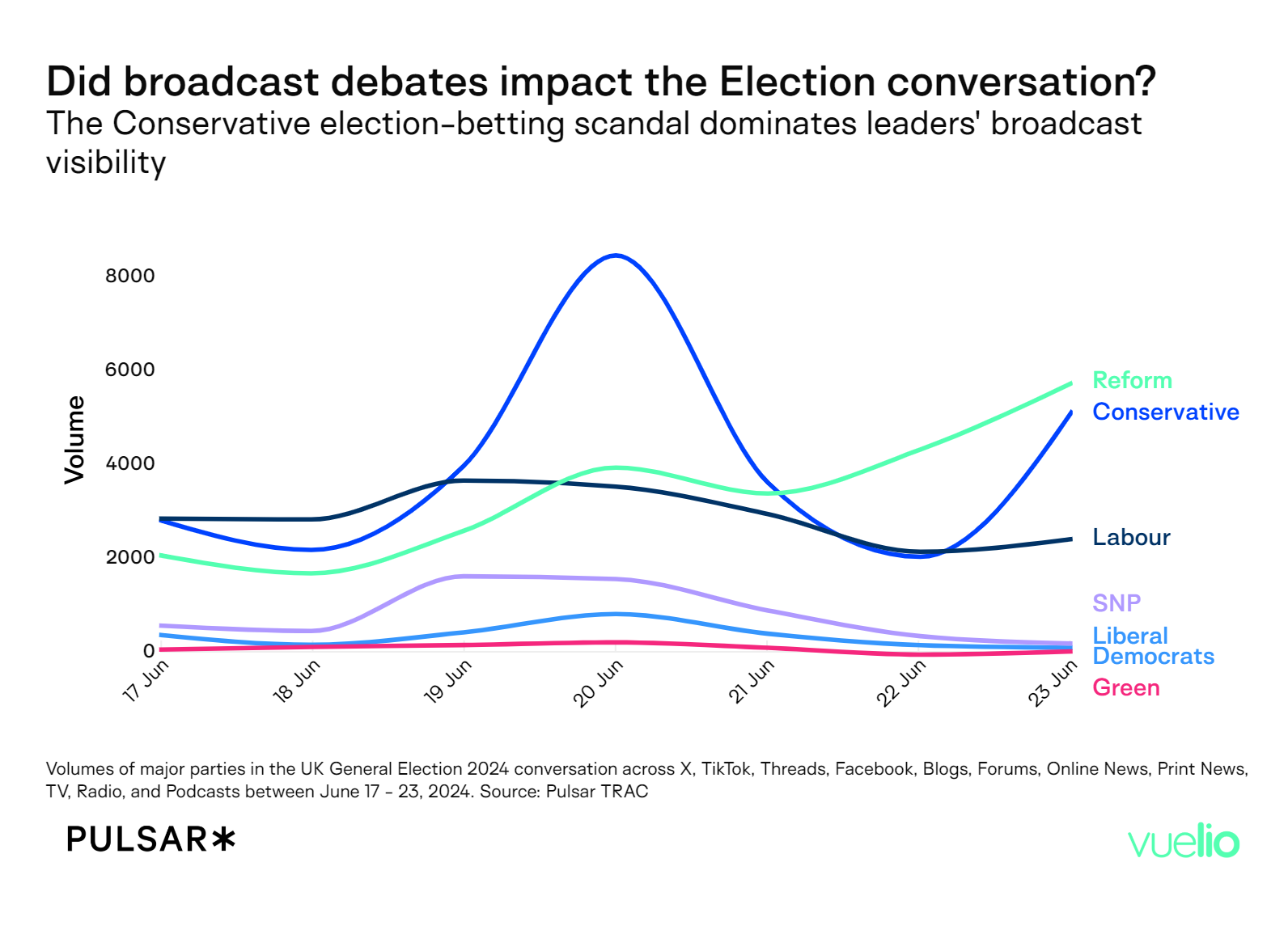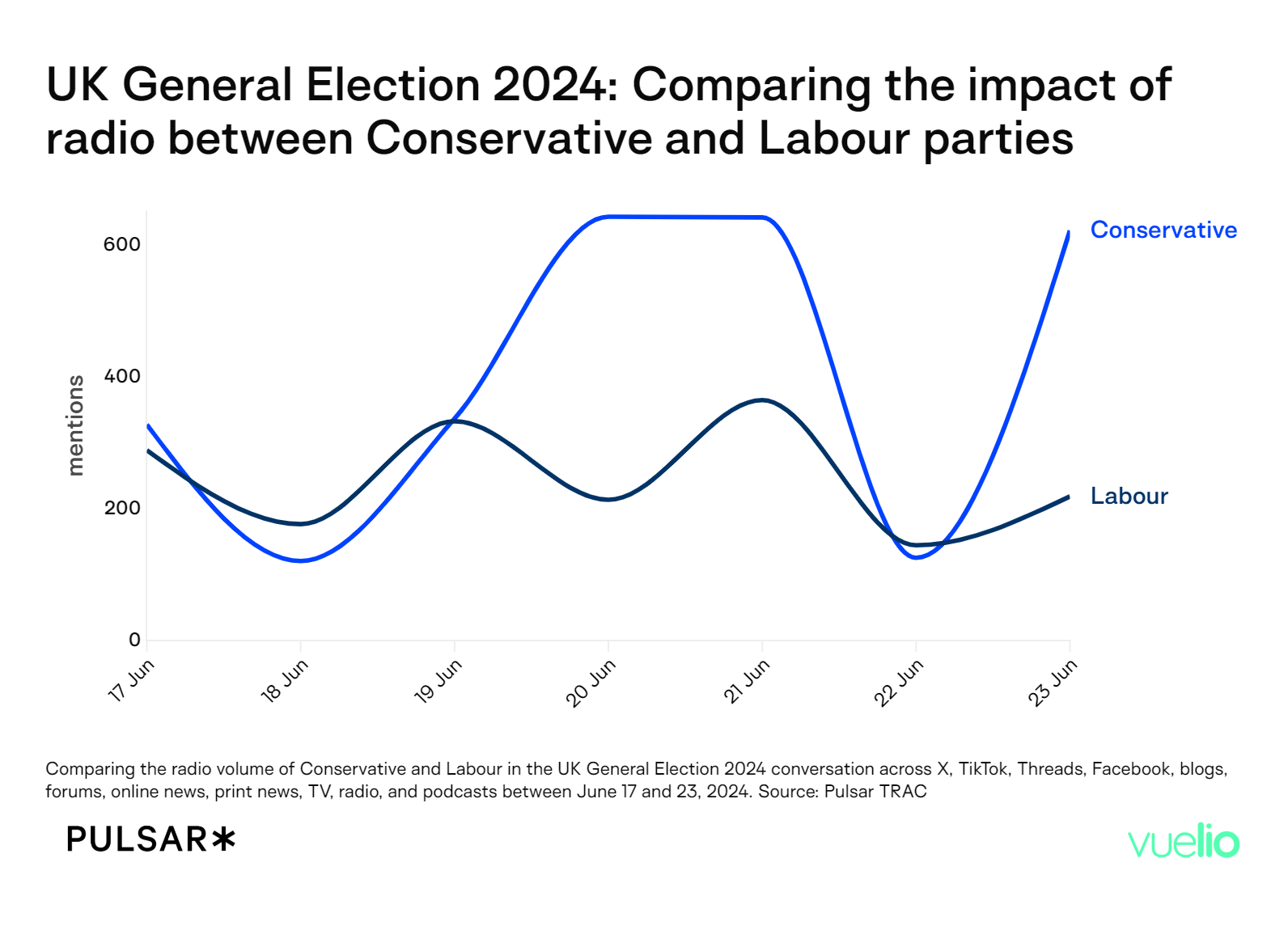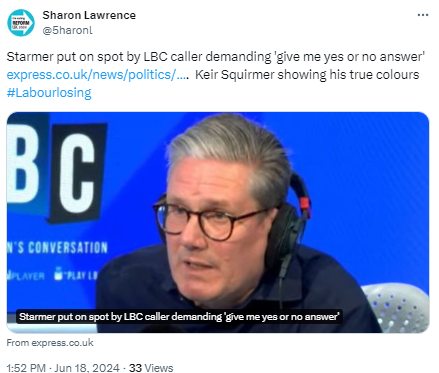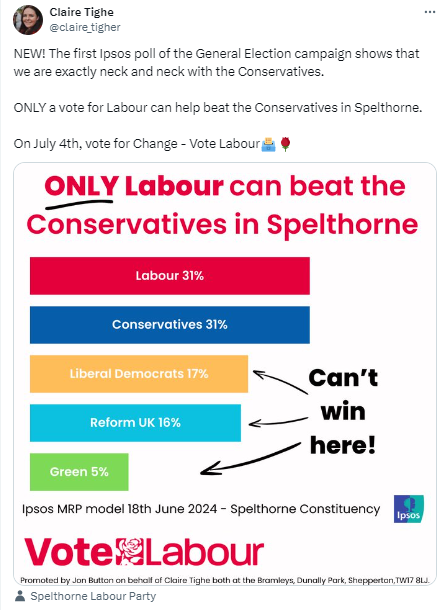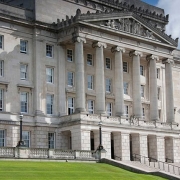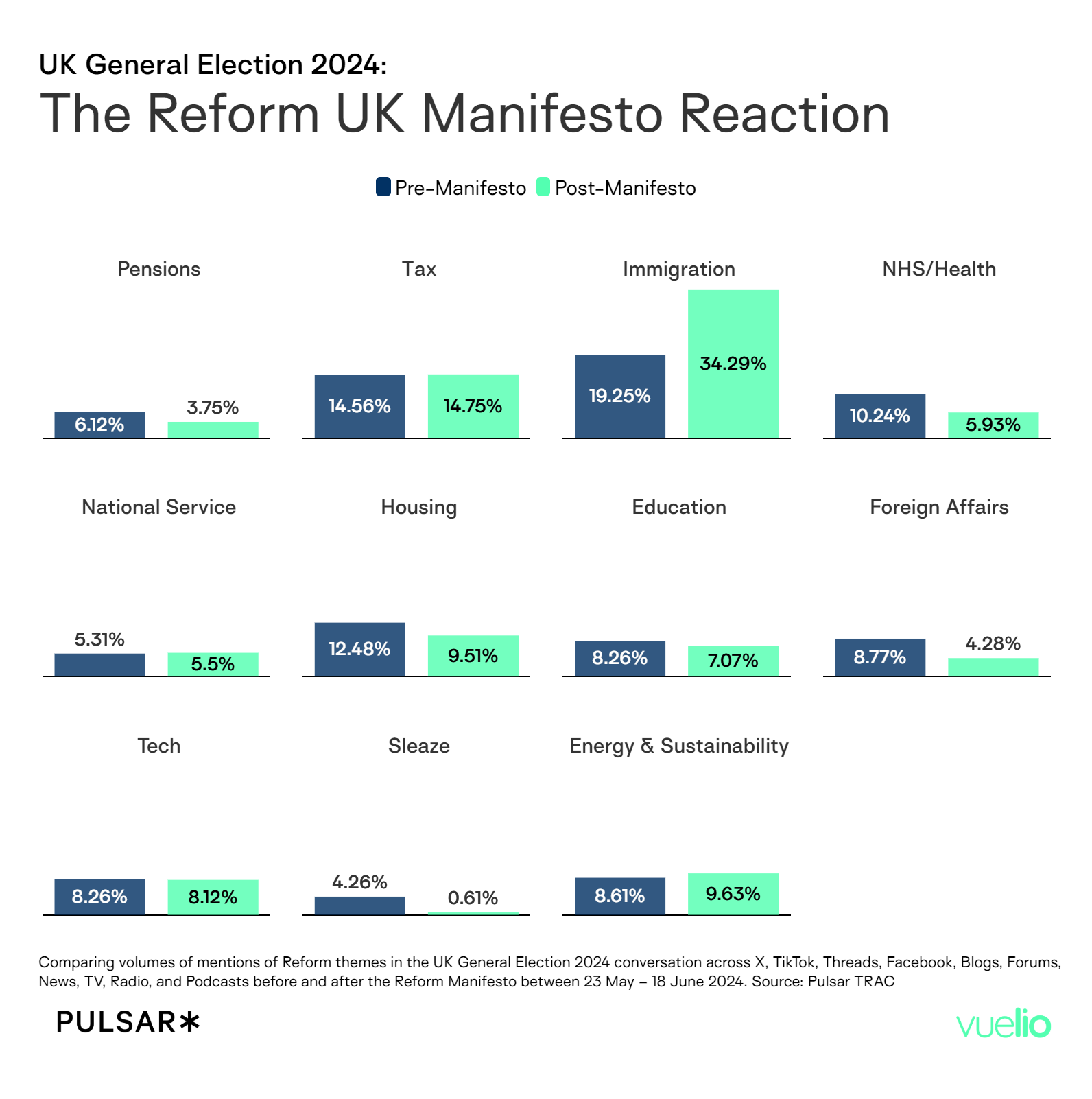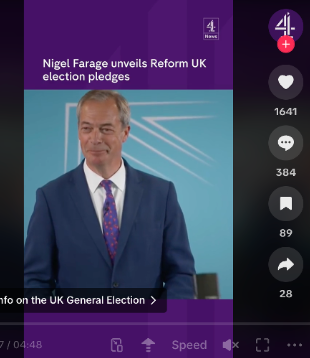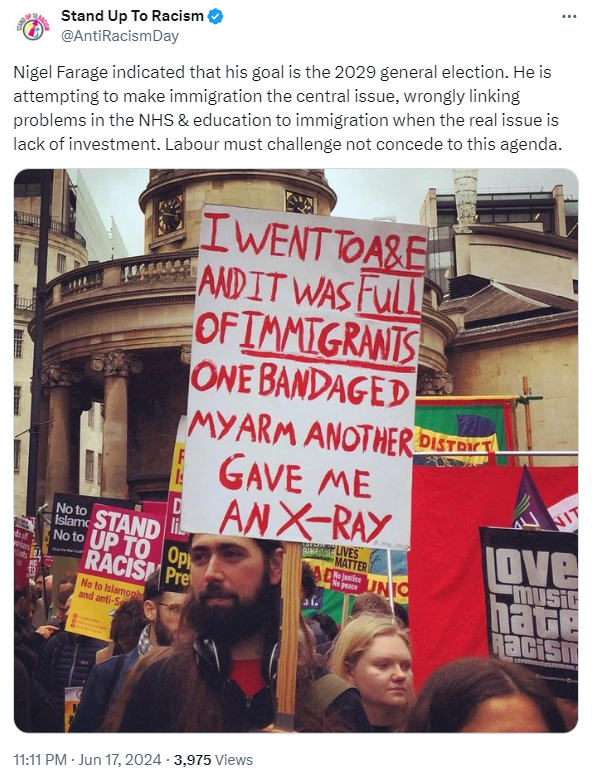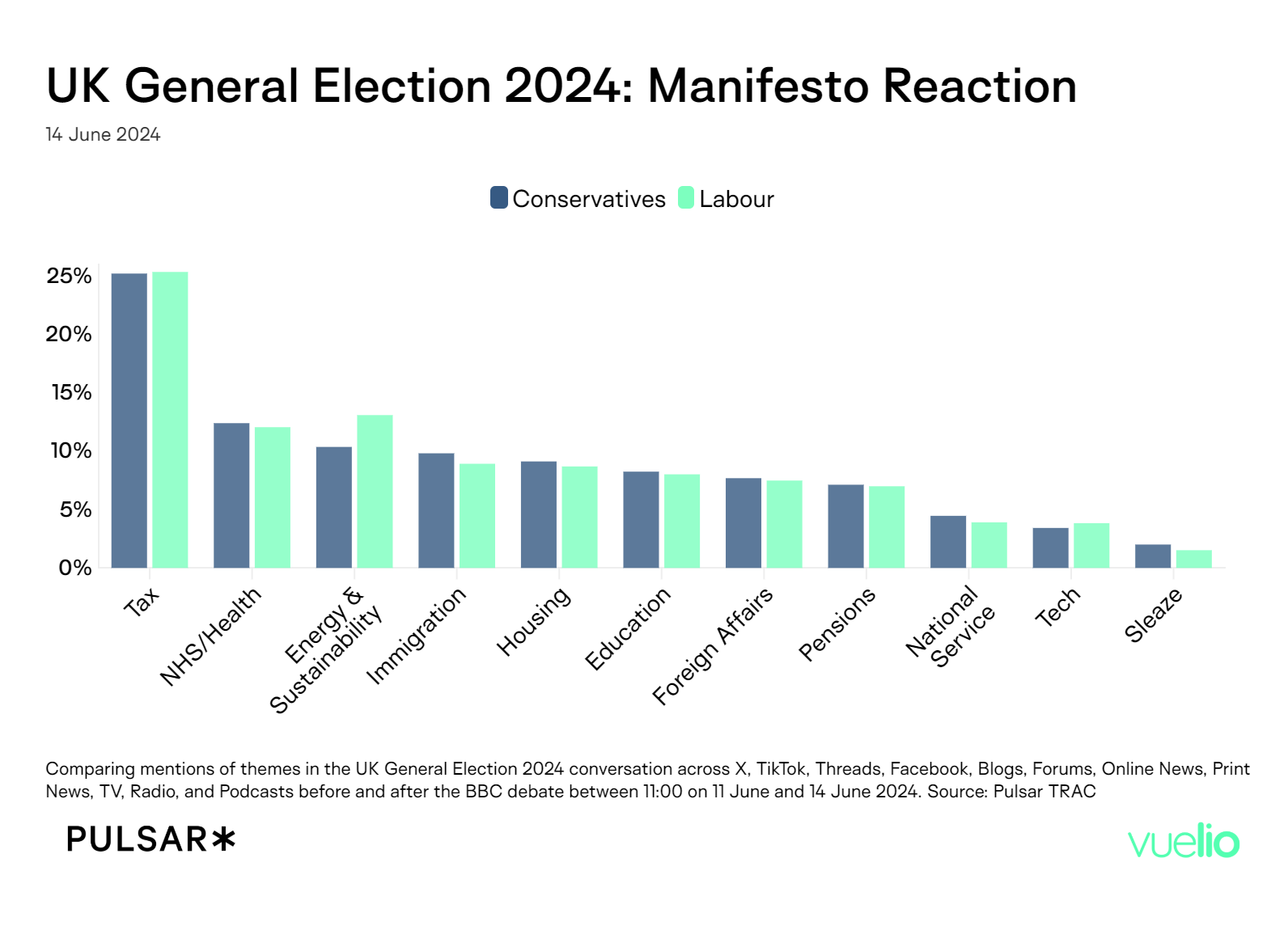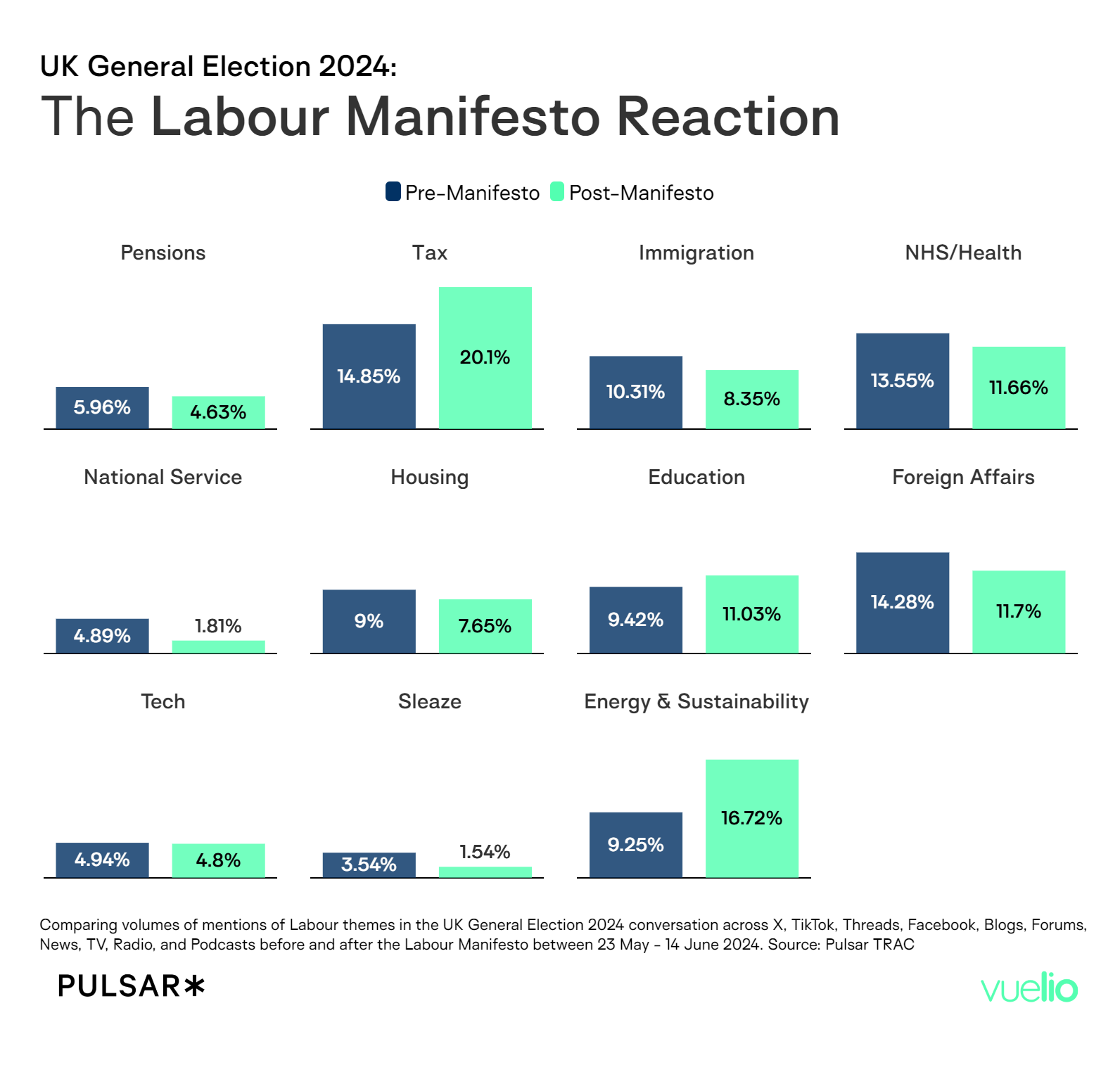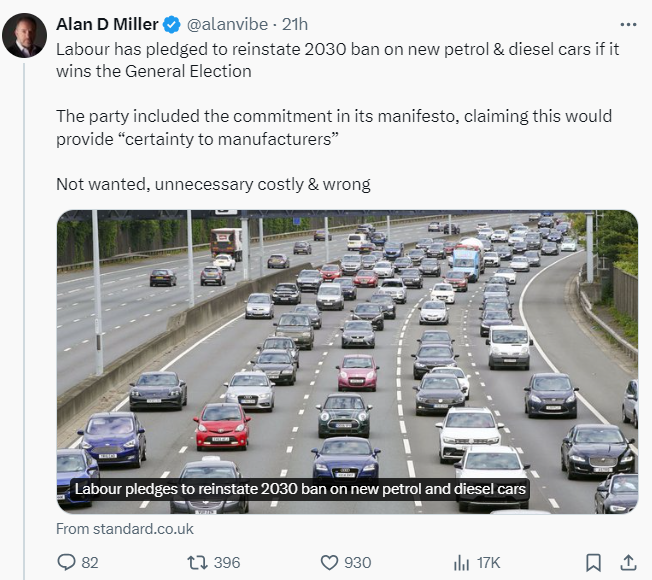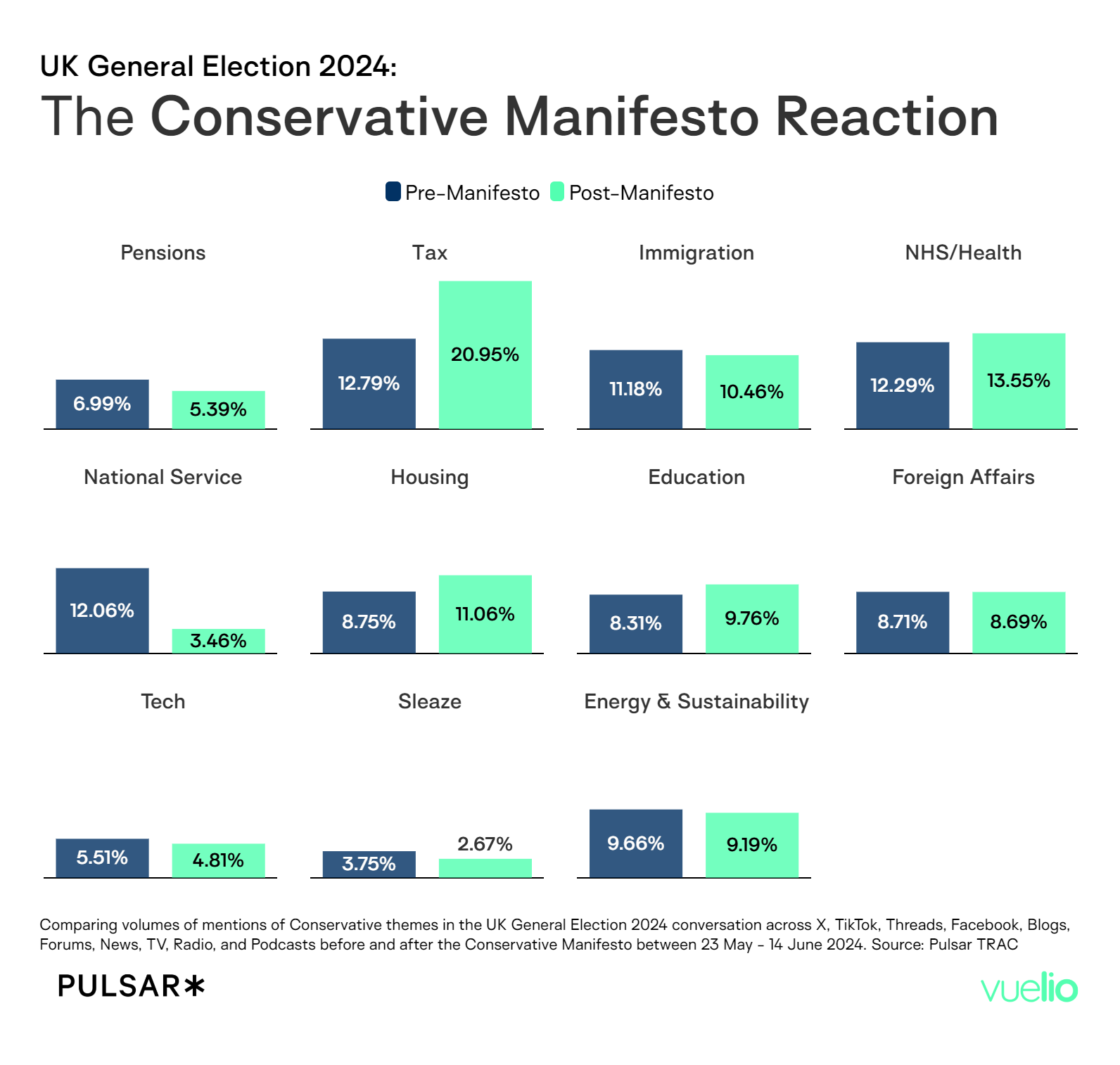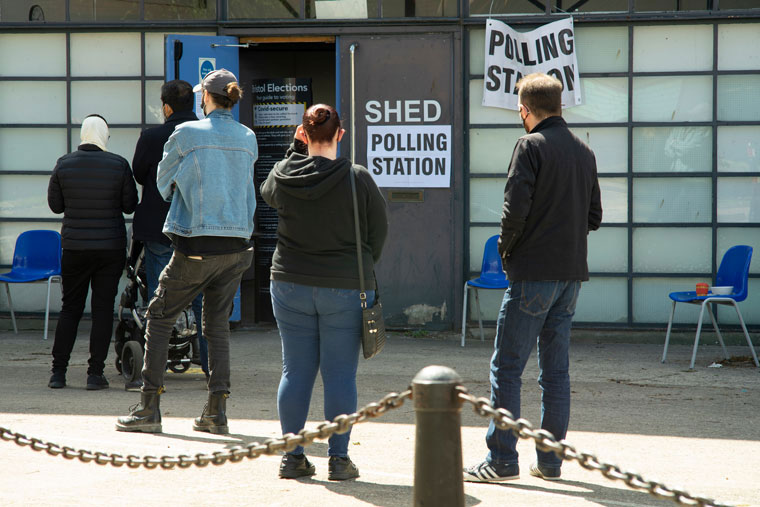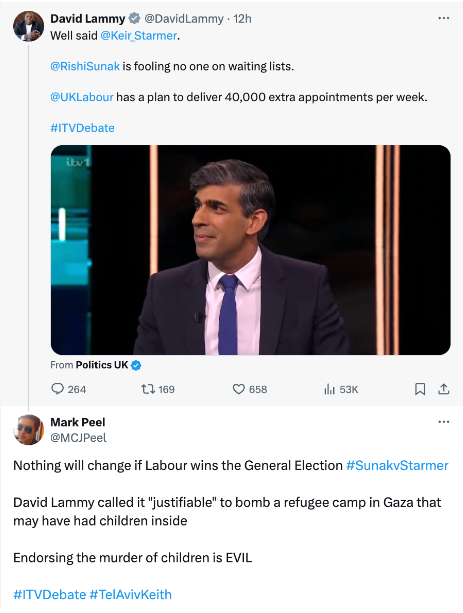Key Takeaways From Rachel Reeves’ Budget: ‘Fixing the Foundations to Deliver Change’
Written by Michael Kane and Laura Fitzgerald.
Nearly four months on from the 2024 General Election and the UK’s first female Chancellor Rachel Reeves finally delivered the Government’s Budget. The hefty 170-page document, and Reeves’ accompanying statement to the Commons, goes some way to provide further clarity on the Government’s priorities. In this sense, it feels like a particularly significant Budget given the accusations that Labour attempted a ‘Ming vase strategy‘ of avoiding difficult decisions in the election, and the relative ambiguity about priorities after their first 100 days.
Whether the Budget provides complete clarity on the above is yet to be seen. Nonetheless, it certainly provides some takeaways to be explored.
The return of tax and spend?
Just as the Budget was enormous in terms of its significance, the announcements on taxation, borrowing, and spending were equally as huge. In contrast with Reeves’ relatively steady approach before the election, with only minor tweaks to taxes and spending mentioned in Labour’s manifesto, yesterday saw the Chancellor in a markedly different light.
From the announcement of record tax rises by £40bn, to one of the largest increases in spending since the 2000 spending review at almost £70bn, the Autumn 2024 Budget was nothing short of historic. The majority of the £40bn worth of tax rises will come from a £25bn increase in employers’ National Insurance contributions – a tax take which reportedly places the UK at almost level with the Netherlands, and seen by some as Labour’s move towards a more ‘European-style economy.’ Increases in borrowing were also announced yesterday, facilitated by Reeves’ choice to change the UK’s fiscal rules which loosened the constraints around borrowing to invest.
These decisions, while drastic, are hoped to precipitate economic growth and prosperity in the long-term – ‘no pain, no gain’. However, the fiscal forecast from the Office for Budget Responsibility does seem to augur such an explosion of growth. It finds that, while GDP will increase to 1.1 percent this year and to 2.0 percent next year, the rate will then fall to 1.8 percent in 2026 and to 1.5 percent thereafter. Will Reeves’ gamble pay off? Or will the Budget fall short of the investment needed to truly ‘fix the foundations’?
The Government’s farming predicament
The lead-up to the Budget saw Reeves repeatedly warn of the ‘tough decisions’ that need to be made to fill the blackhole in public finances, and this was certainly true for the UK’s farming community. Farmers were among those dealt the most devastating blow yesterday, leaving many to fear for their livelihoods and legacy of their life’s work alike.
The reform in question includes a limit on inheritance tax relief for farms to £1m, a move which farmers claim will make inheriting family farms unviable, and a policy which the National Farmers’ Union has called ‘disastrous‘. Concerns have also been raised regarding the impact of the tax relief cap on food security and the ability of future generations to grow British produce. This would have implications for both businesses and consumers, making the UK more heavily reliant on imports, affecting sustainable food production and undermining commitments to protect the environment.
Broadcasters Jeremy Clarkson and Rachel Johnson are among the critics of the reform, taking to X to express their anger towards the announcement. Clarkson, presenter of the programme ‘Clarkson’s Farm’, urged farmers not to despair and to ‘look after [themselves] for five short years’ by which time ‘this shower will be gone’, while Johnson blasted the Government’s decision in order to raise ‘a measly £500m’.
With details on the Government’s new deal for farmers yet to be published, the Government’s promises to enhance rural economic growth and food security could seem something of a distant reality. The Government did allocate £500mn in Project Gigabit and the Shared Rural Network to enhance broadband provision in underserved rural areas, but whether rural communities feel sufficiently supported is another matter.
Local Government finance
Coming into the Budget, the challenges facing Local Government were stark: among the council Chief Executives who responded to a pre-budget survey from the Local Government Association, over half said they were likely to declare financial bankruptcy in the next five years. Therefore, addressing the challenges facing Local Government is vital on a practical level, given the role Local Government plays as first point of contact for many citizens in the delivery of vital services such as social care, SEND provision, and housing. Additionally, the sentiment in Labour’s pre-election manifesto illustrates the Government’s intention to further devolution across England – self-evidently, this is only feasible with sustainable funding.
The Budget attempted to grapple with the significance of the situation by promising an additional £1.3bn of new grant funding for local authority services. Most notably, this included £600m for social care and an additional £233m spending in 2025-26 on homelessness prevention. This may go some distance to provide an immediate sticking plaster over funding gaps, however questions remain about the long-term sustainability of this approach. Firstly, this is not enough to address the £2.3bn funding shortfall, as noted by the think tank Reform. Secondly, a more fundamental rethink about the funding and organisation of Local Government may prove to be a more successful strategy – perhaps revaluing council tax could be a starting point. However, the Budget revealed that the proposed devolution legislation will involve ‘working with councils to move to simpler structures that make sense for their local areas’ – this is something to keep an eye on given the demand to reorganise local government in England.
Looking beyond the headlines
There were aspects of the Budget that did not grasp the prevailing headlines and soundbites that the Government briefed – this includes proposals that were hidden and the shortcomings of some of the announcements. First, the Government revealed that they will consult next year on proposals to bring remote gambling (gambling offered over the internet, telephone, TV and radio) into a single tax. Preceding this, the Social Market Foundation and the Institute for Public Policy Research had both suggested increasing tax on remote gambling. Curiously, the Government’s announcement did not make it into Reeves’ speech or the main text in the document – instead it was to be found in the policy announcements section towards the end of the document. Significantly, this speaks to Labour’s prior ambiguity on gambling regulation with their manifesto simply suggesting that they would ‘reform gambling protections’ and that they are ‘committed to reducing gambling-related harm’. Given the centrality of prevention to the Government’s agenda for health policy, this is something to keep an eye on, even if the Government does not shout about it.
Moreover, when interrogating the details of the Budget, we can see some apparent shortcomings. For example, the Government committed to continuing the freeze on fuel duty in a bid to appease concerns from drivers. However, the visuals of freezing fuel duty while increasing the cap on bus fares, and the news that rail fares will increase by 4.6% next year may seem counter-intuitive – especially considering the impending net-zero transition.
Interestingly, the New Economics Foundation also detailed that updating the fuel duty could fund the £2 bus fare cap ten times over. Finally, when doing the media rounds this morning, Reeves noted that increasing taxes on businesses may have detrimental effects on pay increases for workers. Meanwhile, the Institute for Fiscal Studies explained that this Budget will only increase real household disposable income by 0.4%, if projected to the whole parliament. This feeds into arguments that a windfall tax on banks or a wealth tax may prove a better means to redistribute wealth.
Looking forward
Reeves’ Budget has proved relatively decisive on some of the key questions facing the Government. To some degree, this was inevitable with the UK economy facing a practical reckoning given the myriad of crosscutting challenges. Whether this be the highest tax burden since the Second World War, the highest level of national debt since the 1960s, the annual GDP growth slowing to 1.5% since the 2008 financial crash, or the decline in living standards over the last Parliament.
Knowing all this, Labour have still made the promise to make the UK the fastest growing economy in the G7. Therefore, something had to give to level with this promise and the UK’s wider economic predicament. Specifically, Reeves chose to focus on taxing business and tweaking the fiscal rules to allow for greater borrowing in an attempt to drive growth. With Reeves set to appear in front of the Treasury Select Committee next week, that session will provide a further read into how the Government grapples with the economic predicament.
For regular updates on what is happening in UK politics and public affairs, sign up to our fortnightly Point of Order newsletter, going out every other Thursday.










